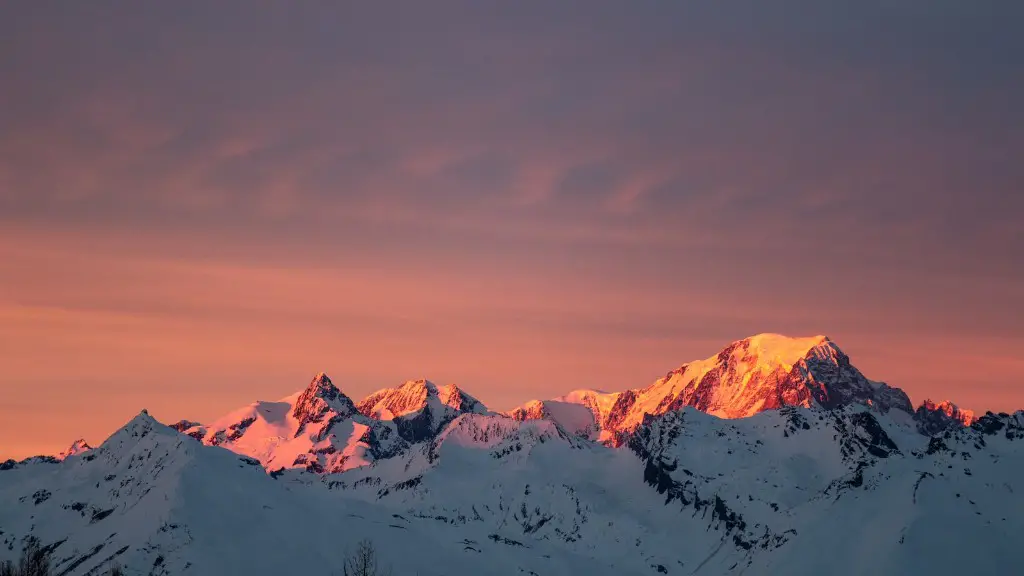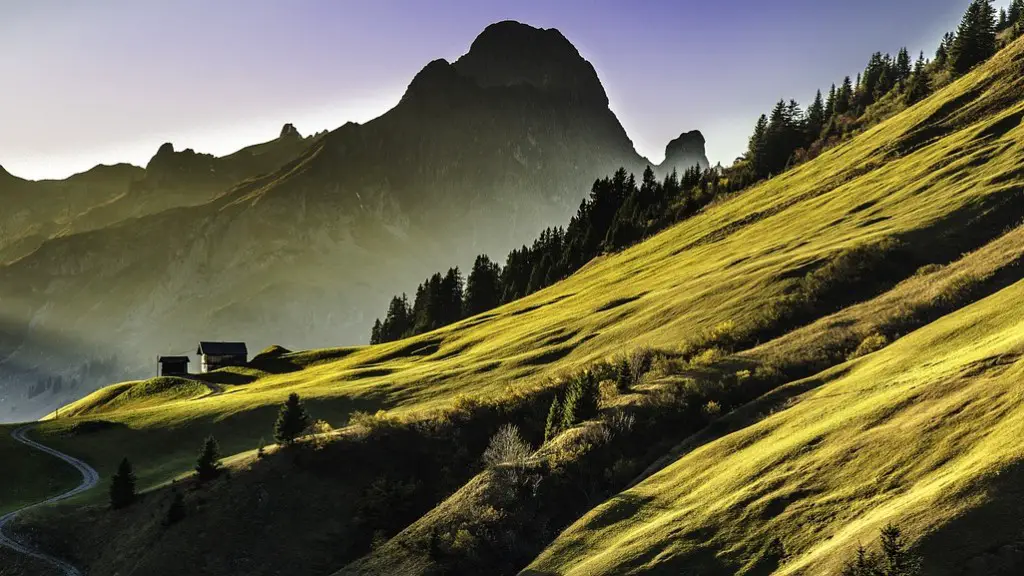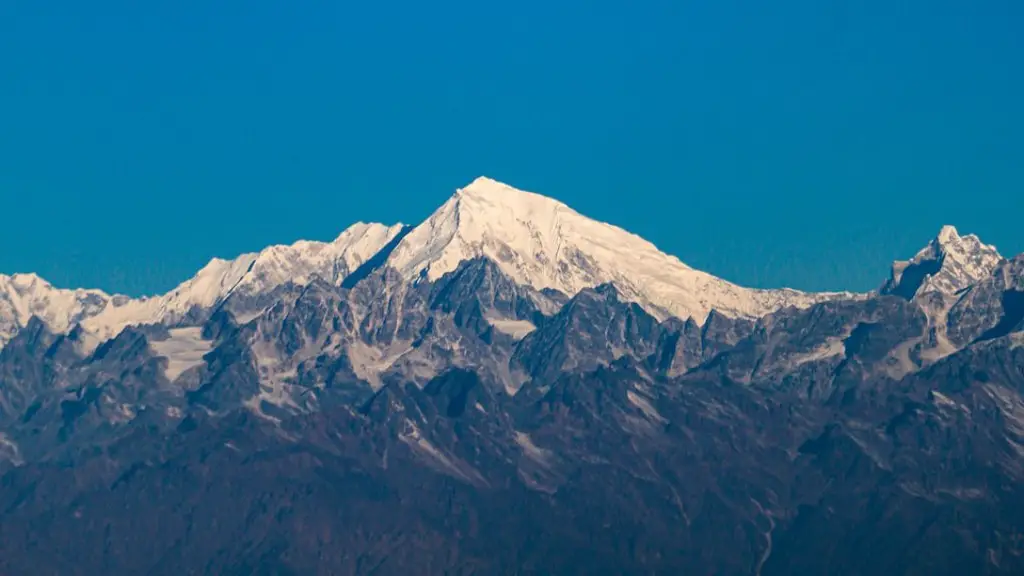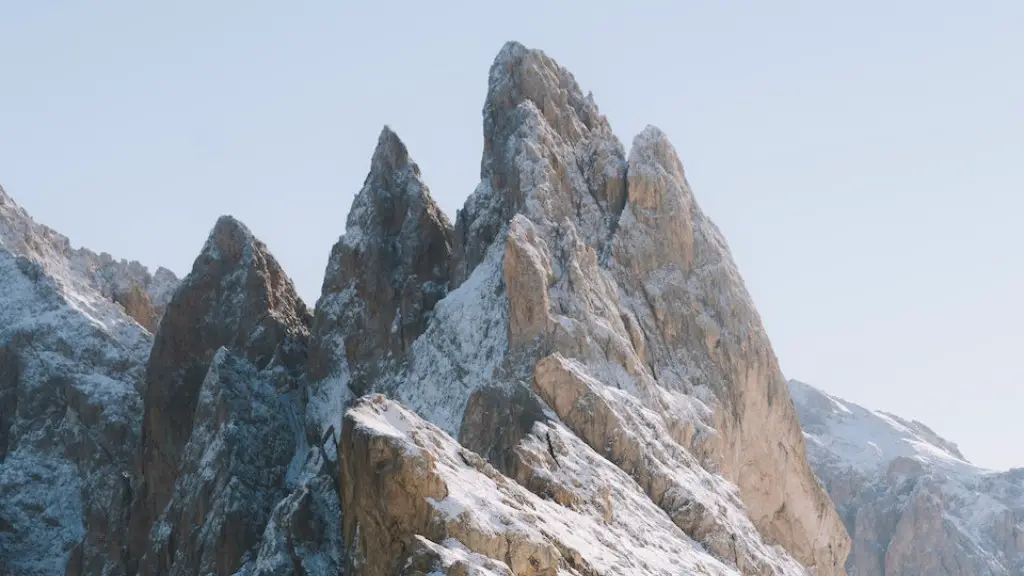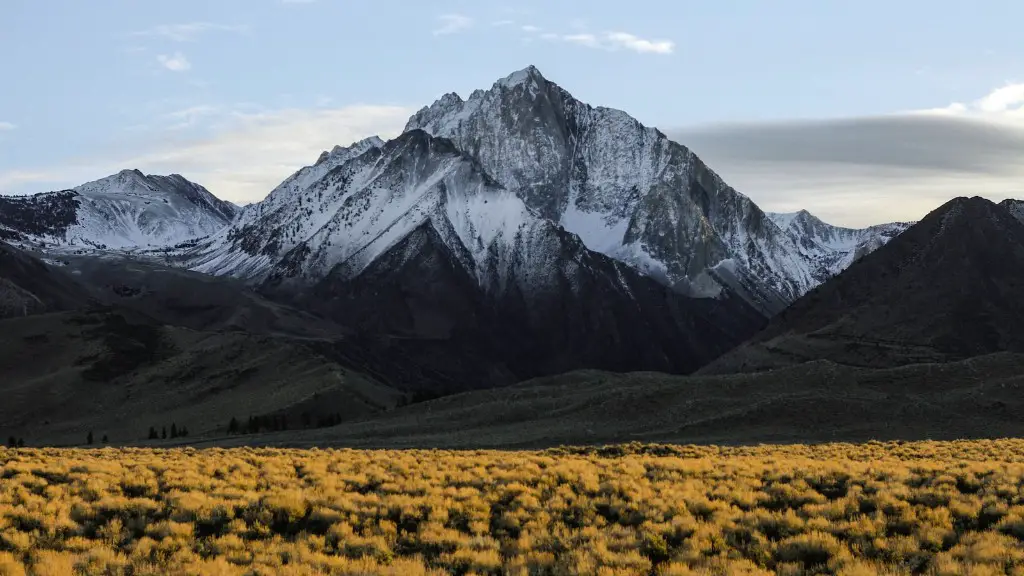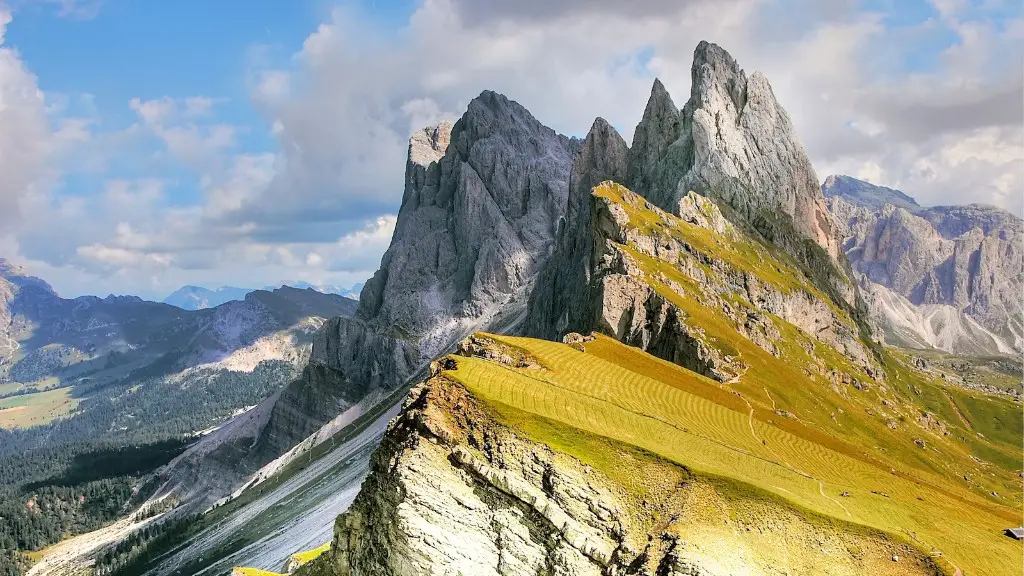At 19,341 feet, Mount Kilimanjaro is the tallest mountain in Africa and one of the Seven Summits. Located in northeast Tanzania, Kilimanjaro is an extinct volcano that last erupted around 360,000 years ago. The mountain is composed of three distinct volcanic cones: Kibo, the highest; Mawenzi; and Shira.
Yes, you can walk up Mount Kilimanjaro.
How long does it take to walk up Mt. Kilimanjaro?
It is important to note that it is possible to summit Mount Kilimanjaro in five to nine days, however, the more days spent on the mountain, the greater the chance of success. This is due to the fact that climbers will become more acclimatised to the altitude and will experience less fatigue.
Mount Kilimanjaro is one of the most difficult mountains to climb, with more than 50% of climbers suffering from mountain sickness. Measuring 19,341 feet, or 5,895 meters, you will need to prepare well and train before attempting to climb Kili.
Can you just walk up Kilimanjaro
Kilimanjaro is a popular climb because it requires no special expertise or mountaineering equipment. In fact, it is not a climb, it’s a hike. You can walk all the way to the top.
Yes, beginners can climb Kilimanjaro, but they should be aware of the conditions, seasonal climates, costs, and requirements to prepare themselves for this challenge.
Do you need oxygen to climb Kilimanjaro?
Kilimanjaro’s altitude is a significant challenge, but climbers do not need supplemental oxygen to climb Kilimanjaro or reach the summit. To reach the summit, you use the acclimatization method of walking slowly “pole pole” and climbing high during the day, then sleeping at a lower altitude at night. This allows your body to adjust to the thinner air and prevents altitude sickness.
The average cost to climb Kilimanjaro is $2000 to $6000, the price varies from cheap, budget operators to large Western travel agents selling outsourced climbs at an inflated price. There are various, unavoidable fixed costs to any tour operator and if a climb seems too cheap, you’ve got to ask yourself why.
What is the death rate of Kilimanjaro?
Kilimanjaro is a safe mountain to climb, with only a very small chance of dying while doing so. Around 30,000 people climb the mountain every year, and very few of them die in the process. This makes Kilimanjaro a relatively safe mountain to climb.
There are two main reasons that people do not make it to the summit of Kilimanjaro. Firstly, they do not spend enough time to acclimatize to the lack of oxygen. Secondly, once they cross the altitude of 18,000 feet they enter the lower realm of the death zone.
Is Everest or Kilimanjaro harder
Most people agree that Kilimanjaro is harder than Everest Base Camp. While there are aspects of the Everest Base Camp trek that are harder than Kilimanjaro, the general feeling is that Kilimanjaro is the harder of the two treks. The main reason for this is summit night – it’s a biggie.
Many people underestimate the difficulty of Kilimanjaro and as a result are not in good enough physical shape to complete the climb. It is important to be in good physical condition to attempt Kilimanjaro, but you don’t need to be super-fit. Running for 30 minutes two to three times a week, and enjoying all day hikes on weekends should be sufficient.
Can you breathe at the top of Mount Kilimanjaro?
Climbing Kilimanjaro is no easy feat. Not only is it the tallest mountain in Africa, but it is also one of the tallest mountains in the world. Standing at nearly 6000 metres above sea level, Kilimanjaro is a challenge for even the most experienced climbers.
The air pressure at the summit of Kilimanjaro is only half of what it is at sea level, and the amount of oxygen in the air is also significantly lower. This can make climbing the mountain extremely difficult, as it is effectively like climbing with only one lung.
Despite the challenges, climbing Kilimanjaro is an incredible experience. The views from the summit are breath-taking, and the sense of achievement is unlike anything else. If you’re planning on tackling Kilimanjaro, make sure you are well prepared both mentally and physically, and you will undoubtedly have an incredible adventure.
It typically takes at least five days to climb Mount Kilimanjaro, but a minimum of six or seven days offers a far better chance of success. For those with more time to spare, there are several more gradual and scenic ascent routes that can be done over 10 or more days. Ultimately, the best way to ensure a successful ascent of Mount Kilimanjaro is to give yourself plenty of time to acclimatize to the altitude and to make the ascent gradually.
How cold is it climbing Kilimanjaro
The average temperature on Mount Kilimanjaro is determined more by the altitude and time of day than by the location. At the base of the mountain, the average temperature is around 21 to 27 degrees Celsius and at the summit, Uhuru Peak, the night time temperatures can range between 20 and -20 degrees Fahrenheit (-7 to -29 degrees Celsius).
On summit day, you will need to hike for a longer period of time in order to reach the Uhuru Peak. This is because it is located at a higher altitude and it will take longer to descend back down to the campsite. Make sure to pace yourself and take breaks along the way so that you don’t get too tired.
What is the temperature at the top of Kilimanjaro?
The peak of Uhuru falls between the cold temperatures of 20 and -20 degrees Fahrenheit. On the first day of the Kilimanjaro hike, the average temperature is around 70 to 80 degrees Fahrenheit. However, at the summit, the temperature plummets to 20 degrees below zero. This sudden change in temperature can be difficult to adjust to, so it is important to be prepared for the cold weather.
If you are planning on hiking Kilimanjaro, be prepared to use some very basic toilet facilities. Most campsites have public toilets, but they are nothing like what you’re used to at home. There is no running water or soap, and the toilet itself is usually just a hole in the ground. privacy is also not guaranteed, as many of the toilets don’t have doors. But don’t worry, everyone is in the same boat (literally!) and you’ll get used to it.
Warp Up
Yes, you can walk up Mount Kilimanjaro. It is not a technical climb, so you don’t need any special equipment or training. However, it is a long and strenuous hike, so you need to be in good physical condition. The trip usually takes 5-7 days.
Yes, you can walk up Mount Kilimanjaro. It is a challenging hike, but it is doable. Make sure you are prepared physically and mentally for the trek. Also, be sure to have the proper gear for the climb.
